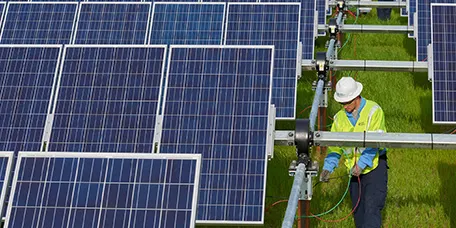DOE report sees strong utility-scale PV build-out this decade
Utility-scale – larger than 5MW (ac) - will continue to lead the overall US solar sector for capacity installations for at least another five years, driven in part by extension of a key federal tax credit, according to a report released today by the US Department of Energy's (DOE) Lawrence Berkeley National Laboratory.
